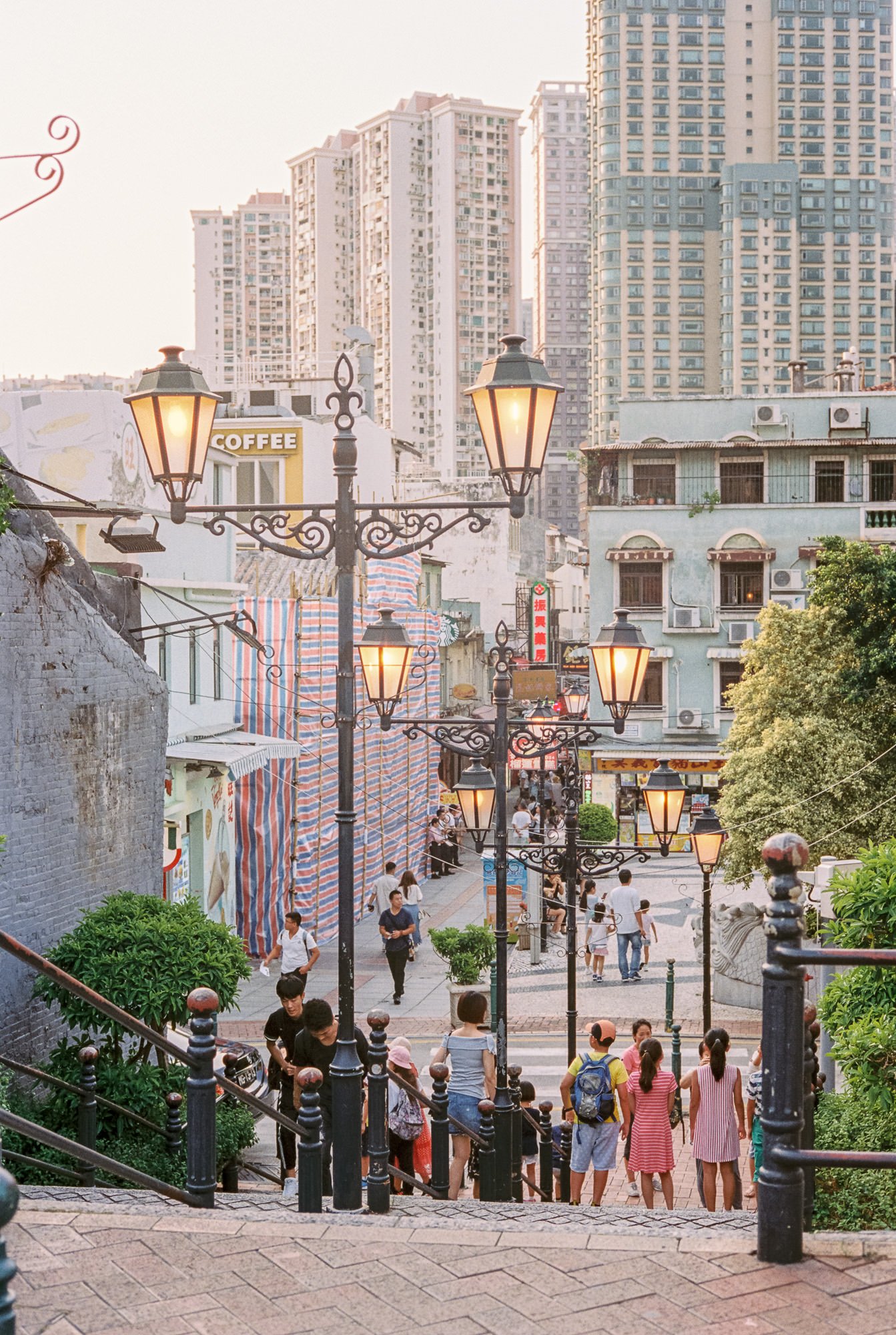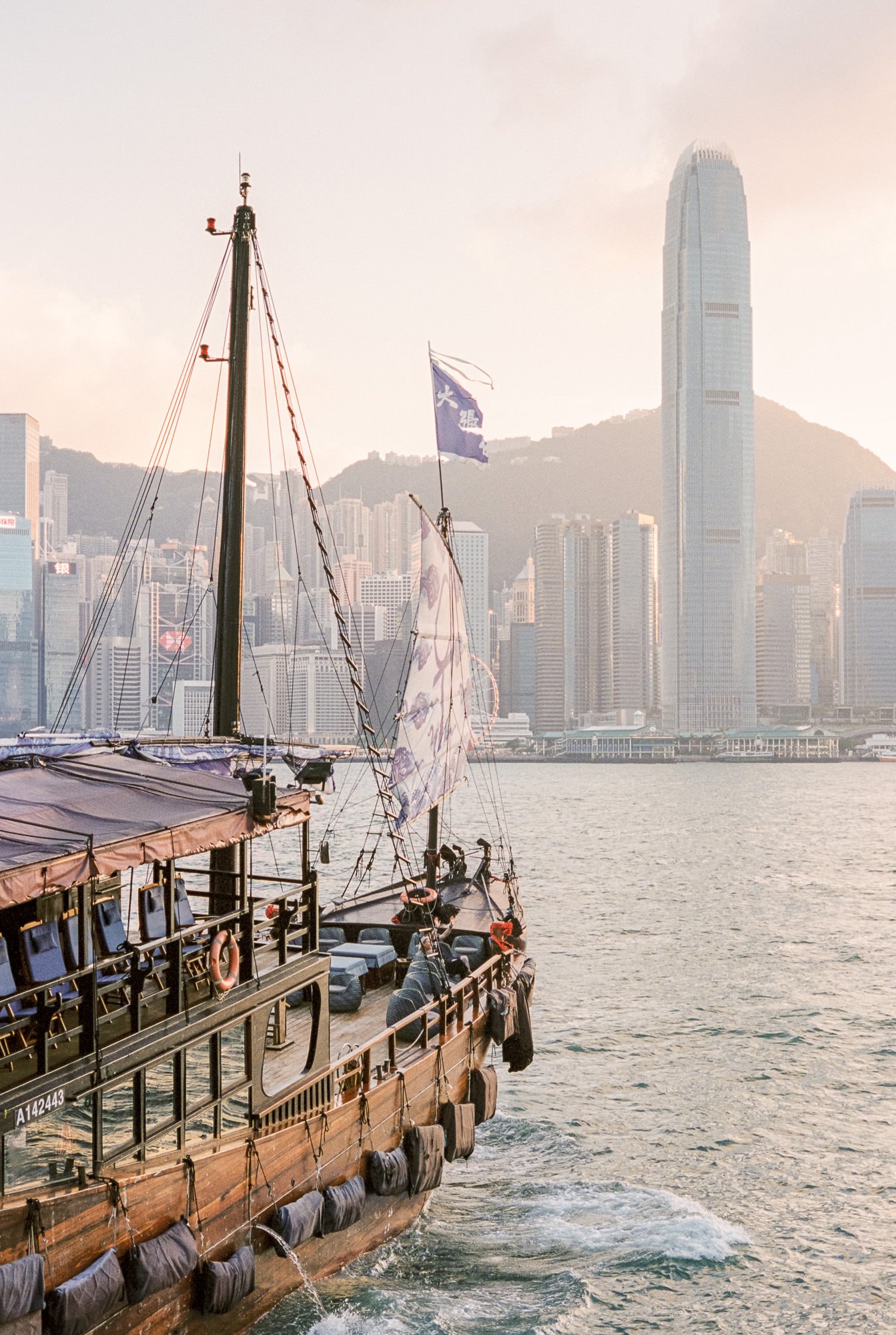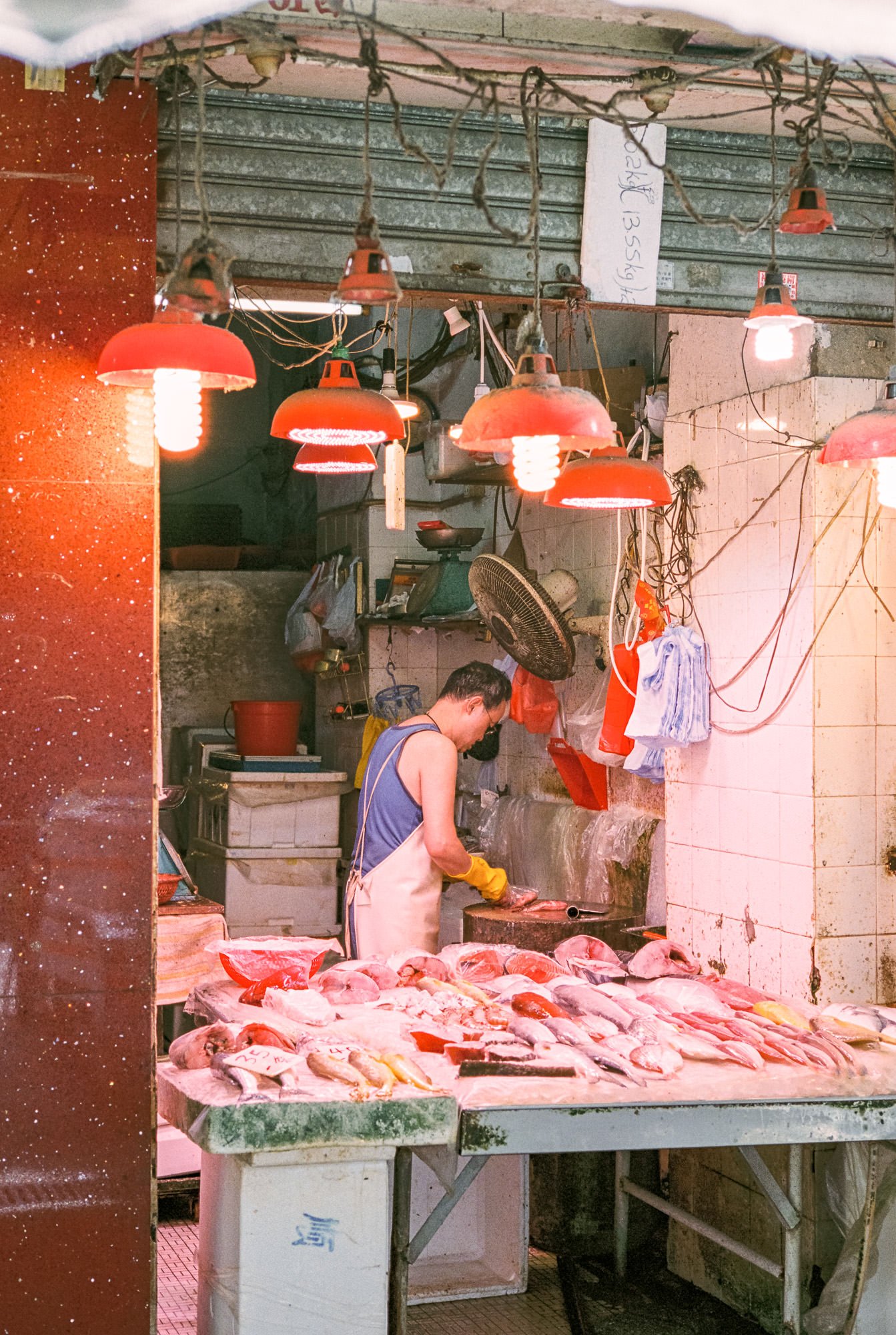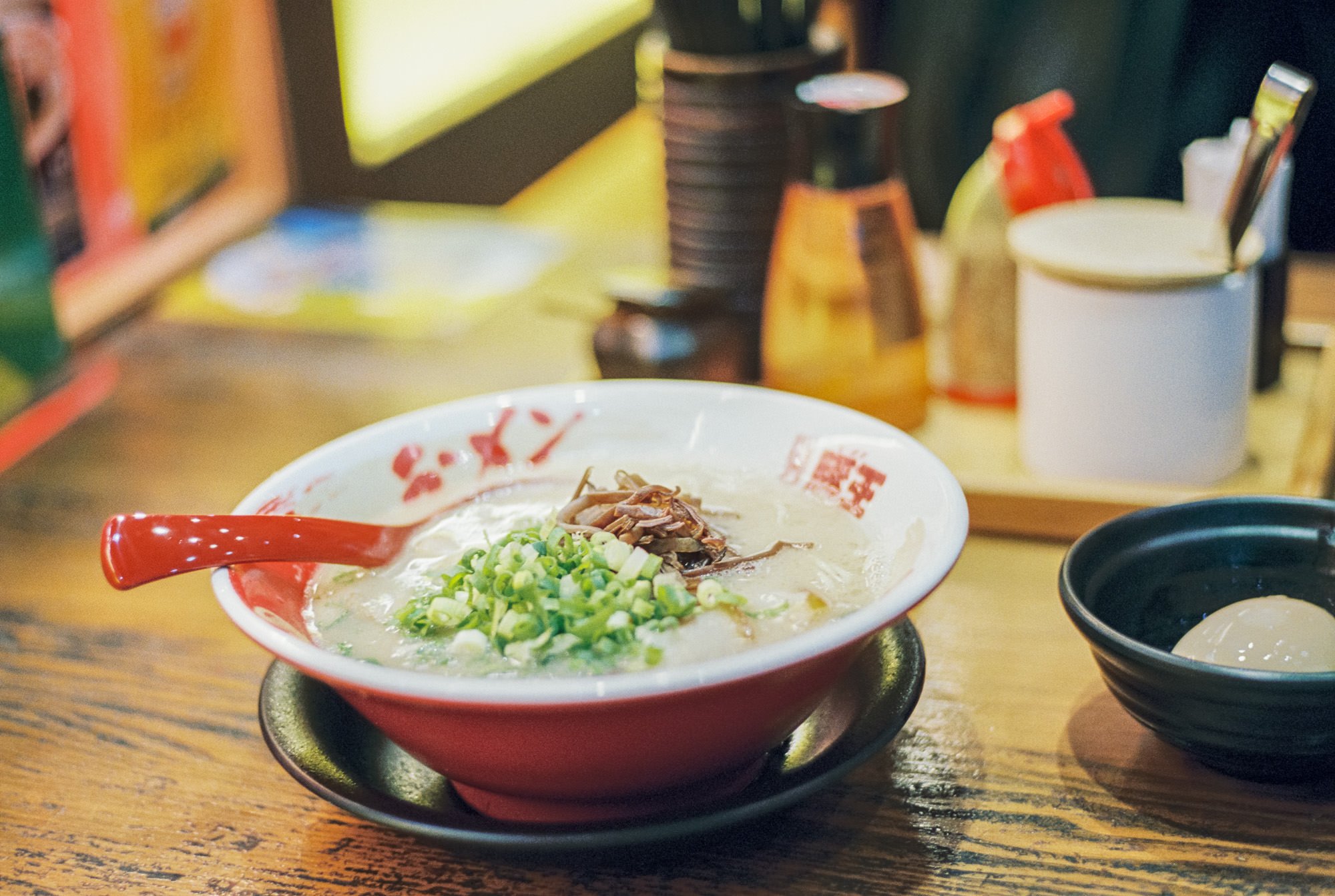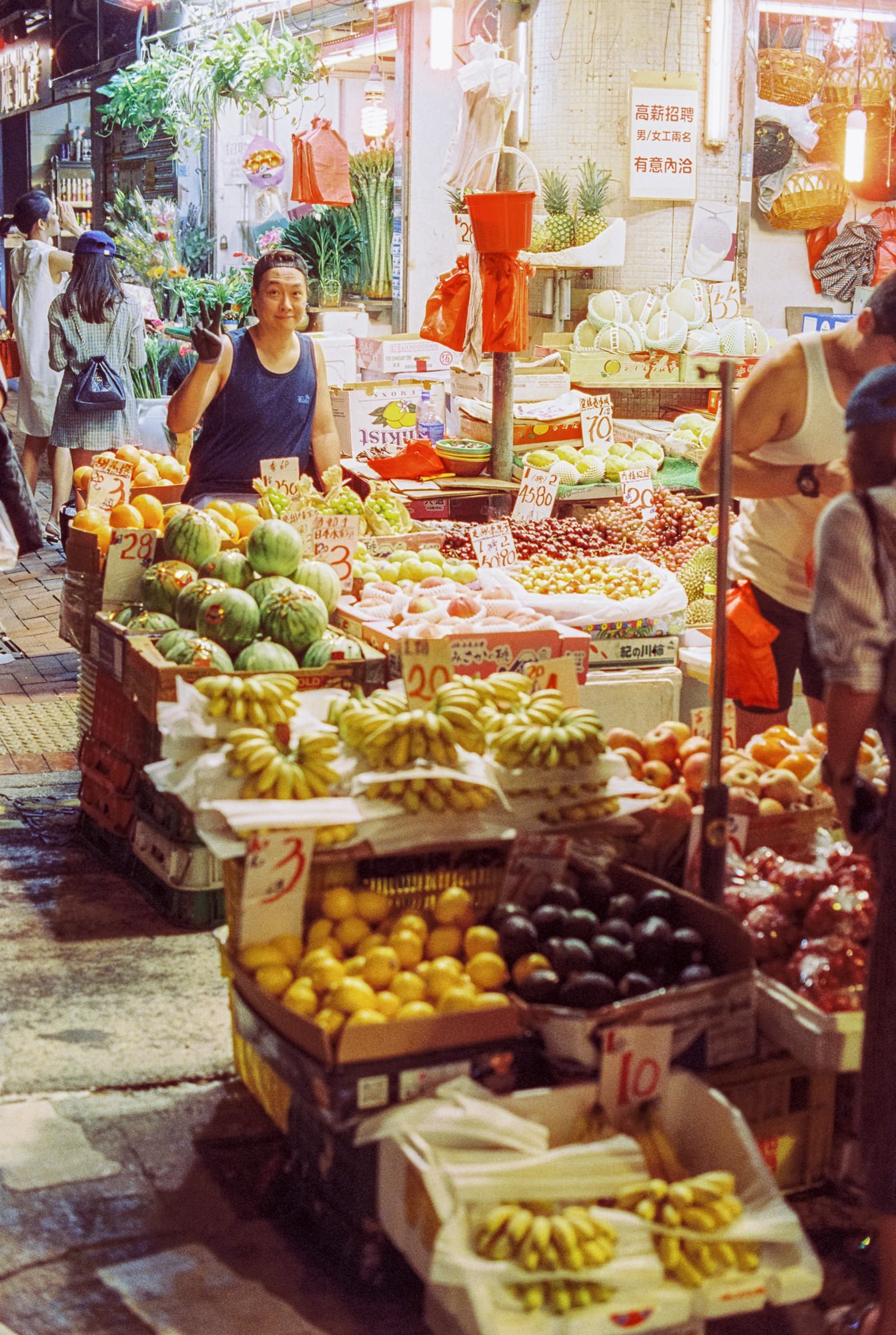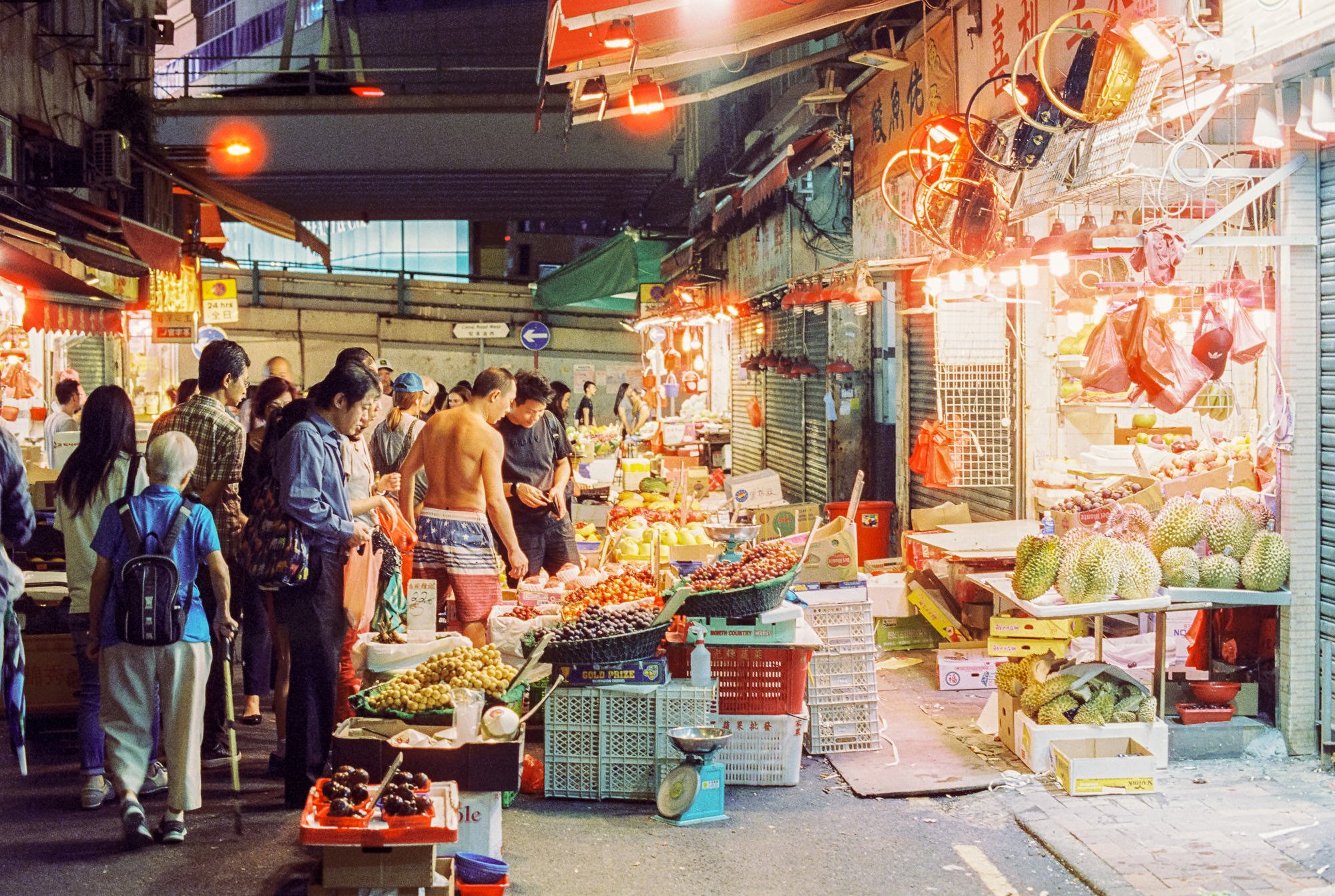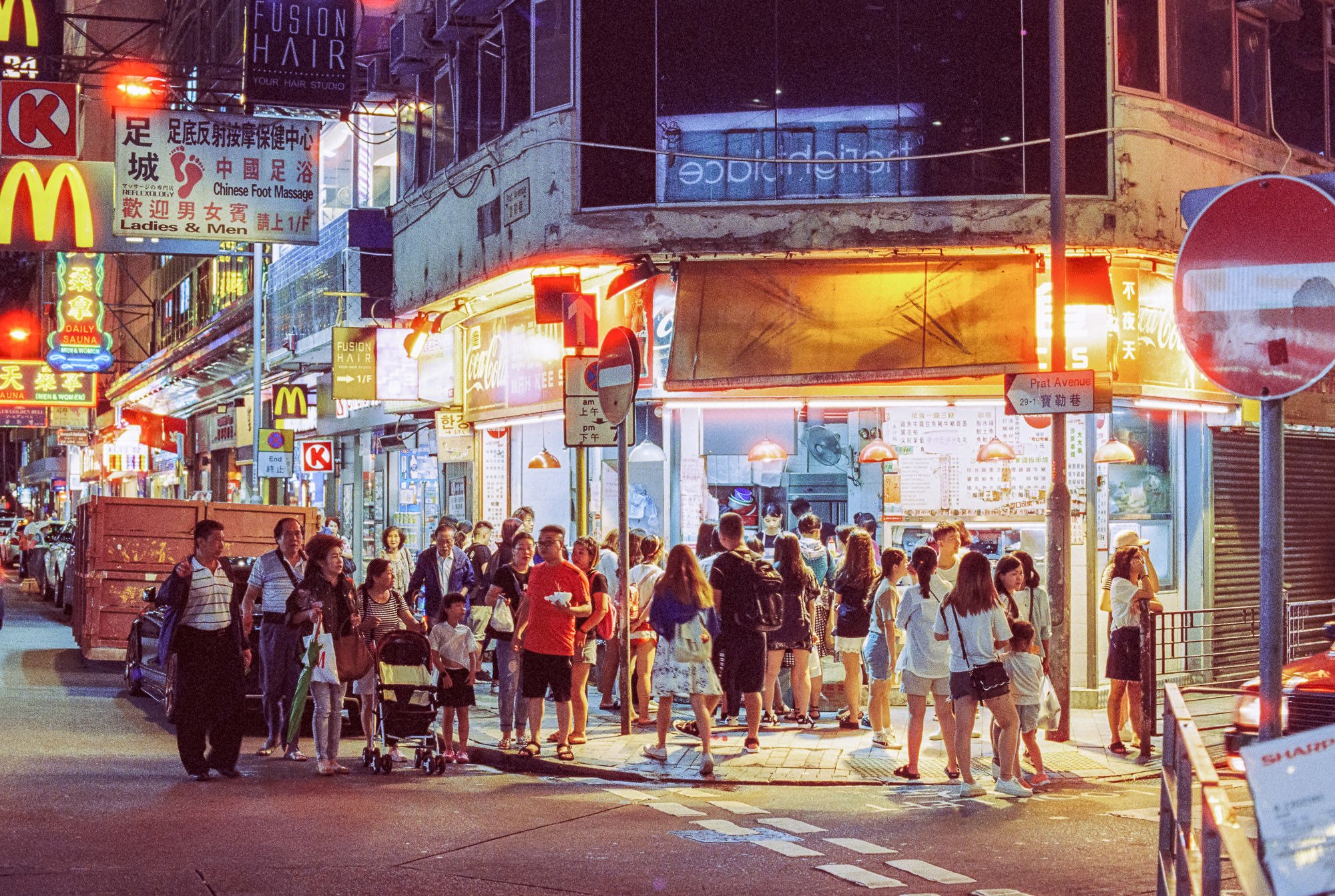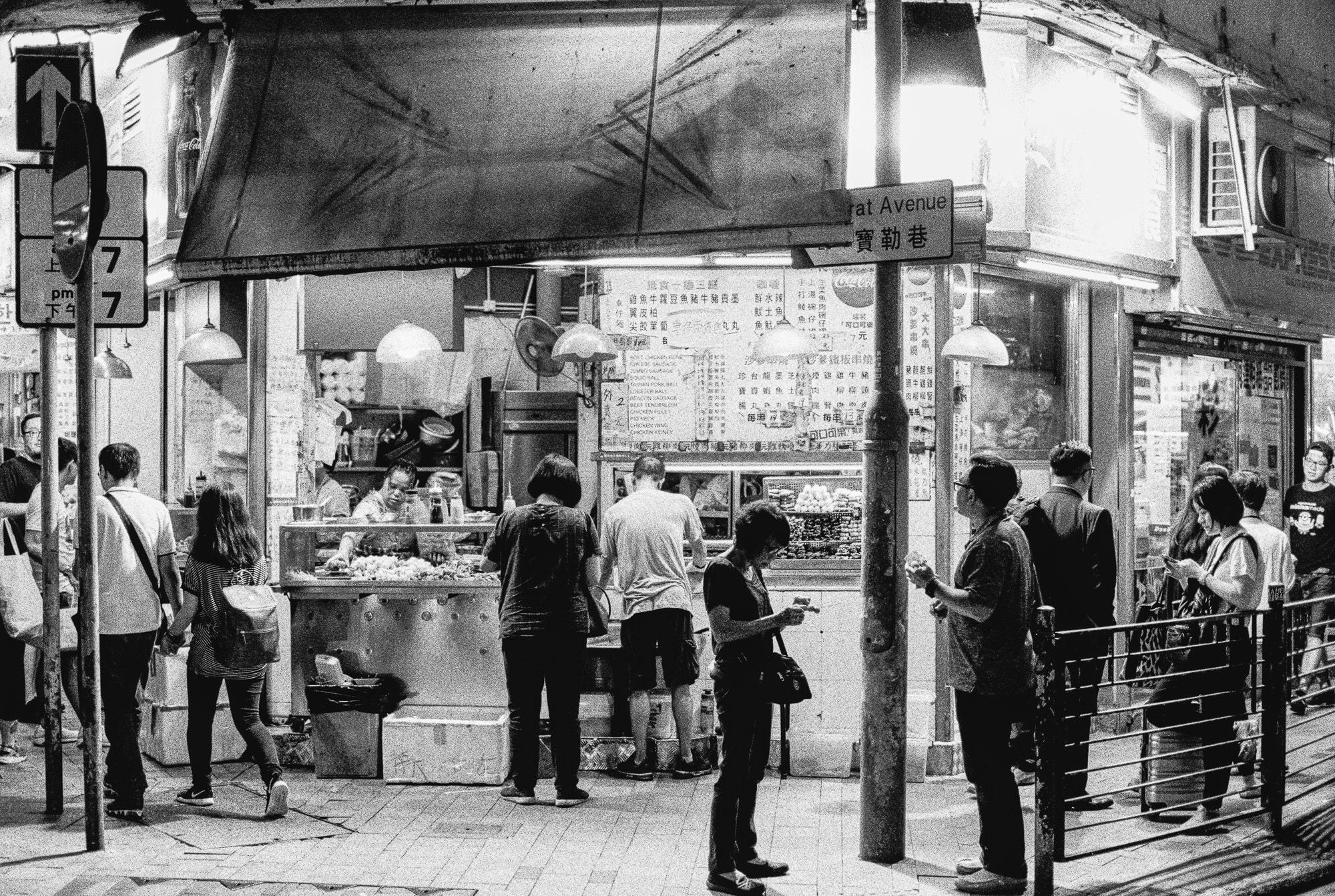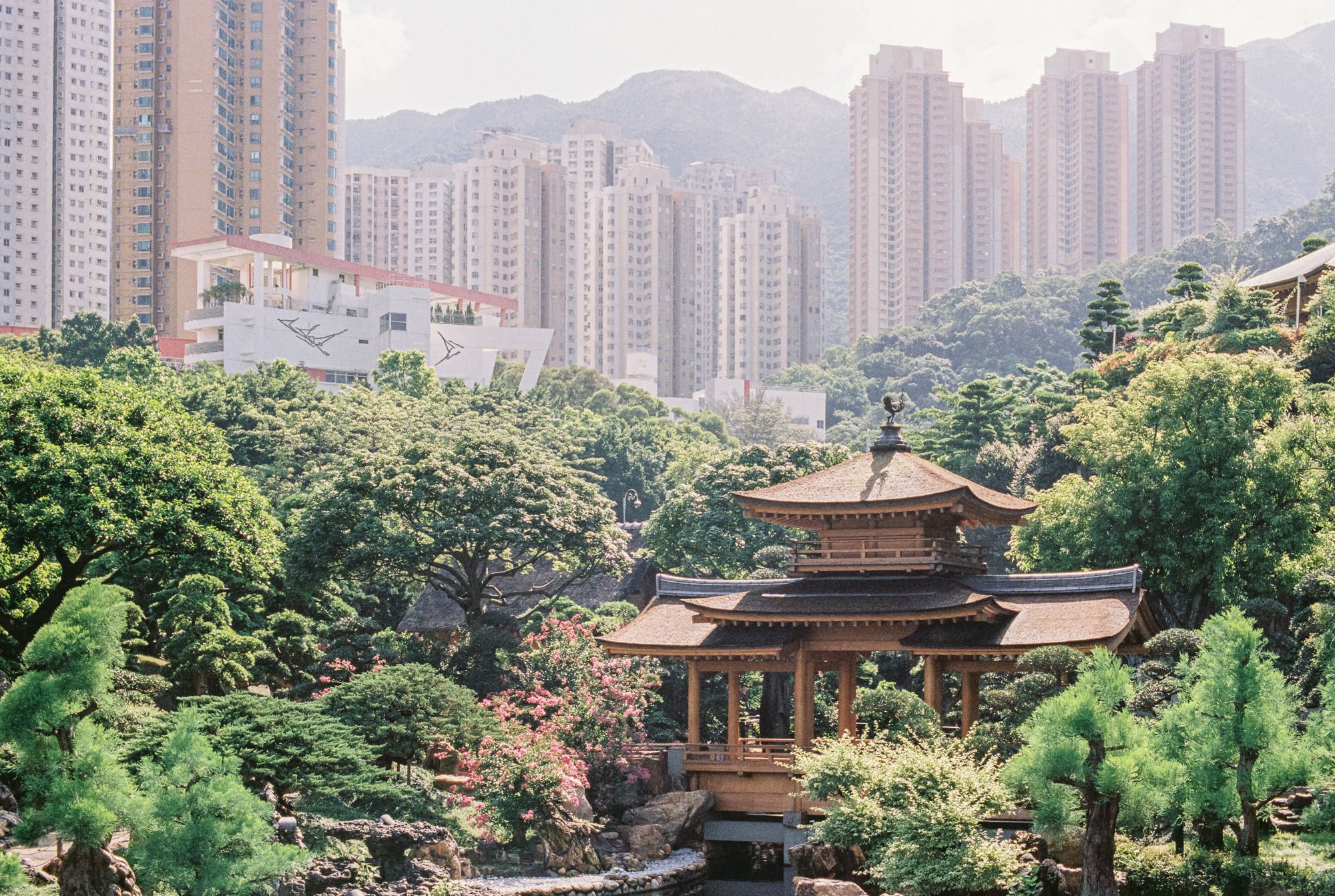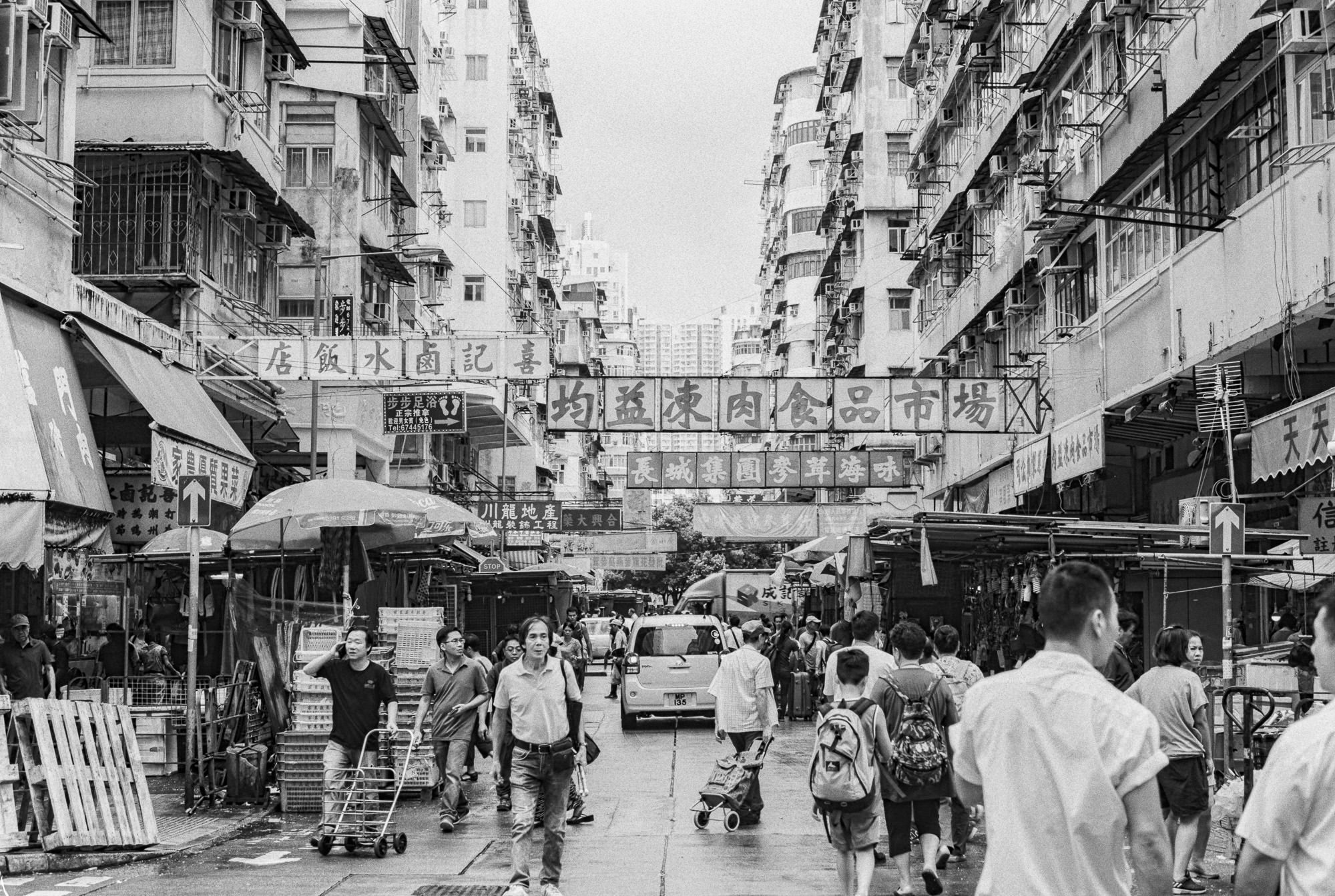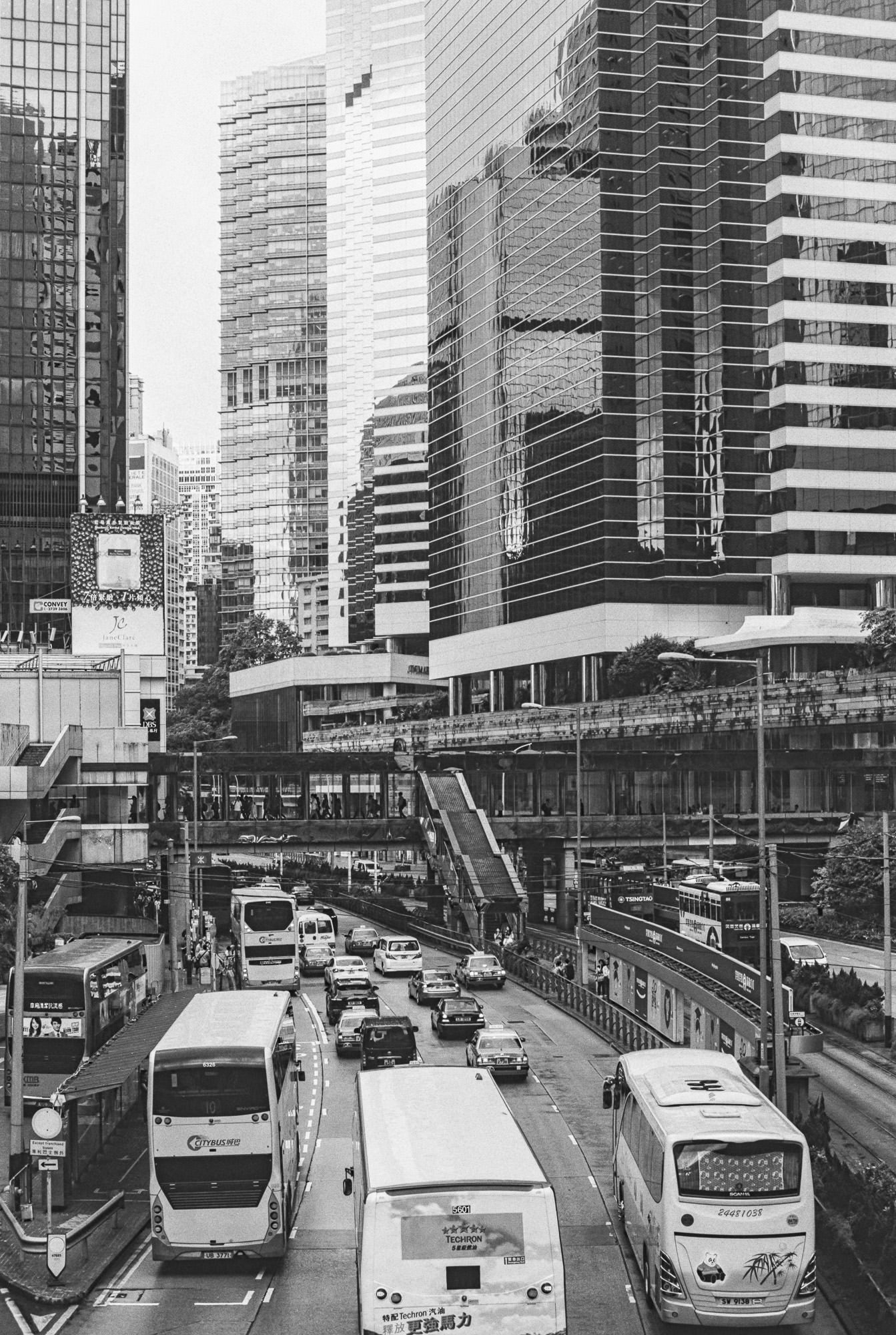Hong Kong on Film
Anyone who has read any of my frequent posts from around the world may notice that although I travel a lot, most of my trips are only a few days in length, some might be a week, but anything longer is very rare. So if I had the choice to stay anywhere in the world for three weeks (whilst working), Hong Kong would most certainly be in my top 3. So you can imagine my surprise and excitement to learn that I had the opportunity to do just that back in July.
I would actually stay in Macau for the first week, and then Hong Kong itself for the remaining two weeks. For HK itself, I chose to stay in Tsim Sha Tsui, mostly because of the convenient location for both places I would be working. It's also dead easy to take the MTR to most of the places in the city I like to explore. For Macau, I was actually staying in Cotai, and again due to it's proximity to work, I was staying right on the 'strip'.
There's really only two reasons you'd ever visit Macau, as a tourist seeing some of the sights, or gambling. The area I was staying in looked vaguely similar to the strip in Las Vegas (not that I've ever been), but there's even a miniature Eiffel Tower there as well. There certainly has been no expense spared when building the huge hotel/casino complexes, and all the various malls are packed with nothing but the most expensive designer brands. As a result of this, I really wasn't a fan. It reminded me a little of Dubai, with its huge impressive buildings and similar malls, but it's all show and very little substance. Nothing feels 'real'.....if that makes sense. It's very artificial. Despite staying there for a week, it didn't take long for me to get a bit bored, having explored the surrounding areas and other hotels, just to see if they had anything remotely different to offer. They didn't. I'm sure I might have had a slightly better experience if I was in Macau itself, as there'a bit more to see, but I was very much looking forward to my first weekend when I took the ferry back to Hong Kong.
Having spent a holiday here a few years ago, and the fact that I've been here many times for work, I was initially a bit concerned about how I'd spend my evenings and the one weekend I had free. I took the decision to take both of my 35mm film cameras. The Leica would as always be loaded with Portra 400 to continue my 365 project. The Olympus was free to experiment with. With this in mind I took a few rolls out that I had never shot before, including Kodak's recently released P3200 B&W film. I also had a roll of JCH 400, and Ilford's 3200 speed film too that I hadn't got around to using at home yet. As I would mainly be free in the evening, I was really excited about picking up some Cinestill 800 to shoot at night. Hong Kong has some amazing streets from night photography, but this is something I've not photographed much before on film. I did have to try a few shops to finally find a shop that had some in stock however!
Hong Kong is really starting to feel like a second home, and it is really is a place I could seriously consider living. The only reason I'd struggle is because of the weather, and in July it's pretty much at it's worst. The heavy downpours of rain and typhoons I can live with (I am British after all!), it's the high humidity that kills me.
These are a selection of my favourites from this three week trip.
Portra 400
Cinestill 800T
Kodak T-MAX P3200
Fuji Superia Venus 800
Ilford Delta 3200
JCH StreetPan 400
Kodak Tri-X 400
In total I ended up shooting with 7 different film stocks. Portra 400 was the main work horse, but here are my thoughts on the others.......
Kodak T-Max 3200 – I loaded a roll of this ages ago, but I only took a few shots, primarily as the uncharacteristically sunny weather started in the UK before I left for this trip, and it was way too bright to shoot with most of the time. I finished the roll in HK. I’ve never shot with a film this fast before, so I was curious as to how the noise would affect the images. I rated the film at 1600, and even at that, it was great to be able to have very usable shutter speeds in almost every situation. This, and the really quick to use spot meter function in the Olympus, made street shooting really quick and enjoyable. I love the tones of the images, and the grain is of course very noticeable, but adds that extra something to the image. This is definitely a film I will be shooting more with in the future.
JCH StreetPan 400 – This has been sat on my desk for months and months, as I bought it by chance when I was in a camera shop in Bulgaria earlier in the year. I read quite a bit of how to shoot with this film, and I stuck with a general opinion of sticking to the box speed. Even so, I used the same method of exposing the images, but I found many to be quite underexposed. This produced a very low contrast, almost muddy look to many of the photos. It’s a very different look to what I’m used to from other black and white films I’ve shot, and in a lot of examples, I really like it. I think I may need to shoot a couple more rolls to get the hang of it however.
Fuji Superia Venus 800 – This was the wild card of the trip. After entering my favourite camera shop in HK (Showa in Mong Kok), hopeful of picking up a few rolls of Cinestill 800T, only to discover they were still sold out, I couldn’t leave empty handed. I settled on this one as it was another colour ISO800 film, albeit very different from Cinestill, but something I could experiment with in more overcast weather. I was pleasantly surprised with the results, the colours are a little less saturated than Portra, but they have a very pleasant pastel tone to them. I rated the film at 800, so I was able to shoot a lot more at night than I would with Portra 400 (which I shoot at 200), and although I was still more interested in how Cinestill would look in these conditions, I’ve found a very flexible film that I can shoot with all day.
Cinestill 800T – Within two days of arriving in Hong Kong, I was scouting around for any shop that had some in stock. Luckily I found a place not far from where I was working, so one lunchtime I ran out to pick up a few rolls. It’s certainly not the cheapest film ever (I think I paid around £10 per roll), but I was certain that it would be perfect for the neon lit streets. I’ve rarely taken any photos at night with film, but this film (as well as the Fuji Superia) have changed that. The look of the photos were better than I was hoping for, and even the distinctive haloing that this film is known for, adds more character to the images. I was worried about how to expose the photos, but I shot at 800, and as usual, exposed for the darkest parts of the frame. This seemed to work perfectly.
Ilford Delta 3200 – I cannot for the life of me remember where I bought this film, but again it was one collecting dust on my desk. As I was taking Kodak’s 3200 film, I thought it would be a good comparison to see which I preferred. If you really wanted to pixel peep the images, you could probably determine which has the finer grain etc etc. I just went on which images I preferred the look of. When comparing images of similar scenes, I found that the Kodak images just had a nicer tonal range, and handled the brighter regions better. I still like the results of the delta film, but if I had to choose, I would pick Kodak……based on just this one roll of each.
Kodak Tri-X 400 - There’s not much I need to say about this film. I’ve shot probably over 20 rolls over the past year, including many for my 365 project. I have tended to push it two stops in the past, but this time I wanted to see it shot at 400. I think I prefer the less punchy and lower contrast look to the pushed images, not that they are in any way bad at all. It’s a classic film, and still quite possibly my favourite black and white option.


